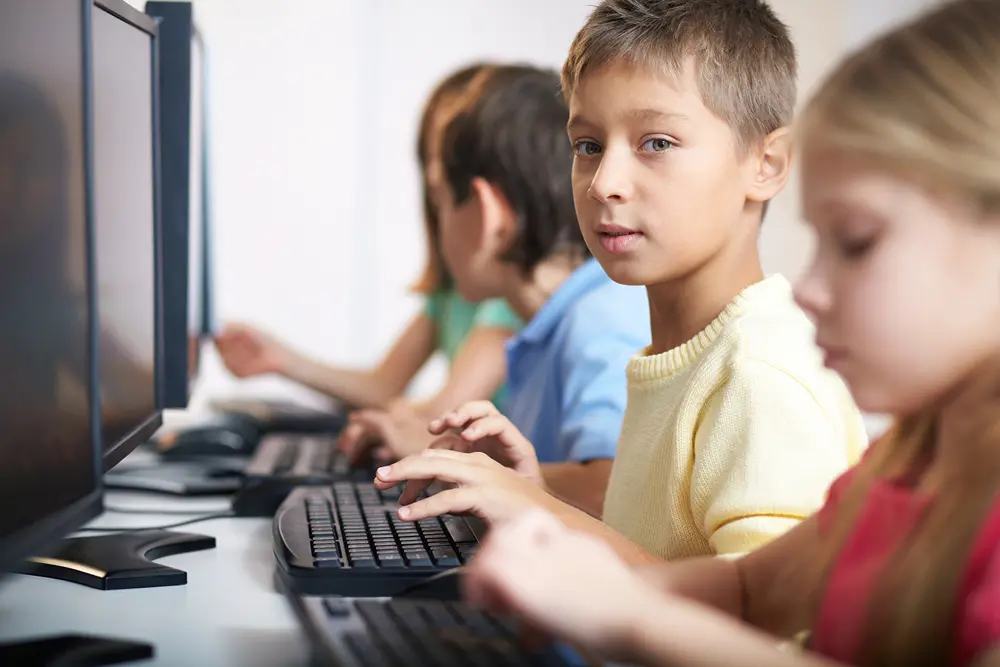Safeguarding Your Family Home Against Allergens and Toxins
There are many safety measures you should consider when it comes to protecting yourself and your kids from hidden dangers where you live. One of these measures should include safeguarding your family home against allergens and toxins. To do that, you need to look at the maintenance and cleanliness of your property.
By making modifications, you can make your dwelling safer for your family. This guide will tell you more about the dangers, inform you about places where toxins can hide, and provide proactive solutions for the health of your kids and loved ones.
Understanding The Impact Of Poor Air Quality
Poor air quality and airborne toxins and allergens are usually invisible. That’s why it’s essential to test and understand what to watch for so your family has no adverse reactions while in the home.
Bad air can be detrimental to your health and especially dangerous for children. Pollution in the home can lead to respiratory infections in kids. If left untreated, it can lead to lifelong breathing problems. The situation is even worse if your kids have existing conditions, including asthma. Issues can escalate from there. Parents who are sick may not be able to care for their kids adequately. Ill children may also miss school and fall behind in their studies, which can impact them later in life.
The cleanliness of your home and the pollen and bacteria in the air can also lead to or exacerbate allergies in your children. Symptoms of those allergies can include difficulty breathing, stomach aches, rashes, and more, so it’s crucial to be proactive about eliminating those issues.
Another unseen threat that can affect the air quality and your family’s wellness is the existence of mold in the home. Mold is microscopic; it can attach to air particles and clothing when it gets into the air. The result can be harmful and lead to respiratory issues, including coughing, sore throat, nasal congestion, and more. Mold will usually be found behind walls, but you can often identify it by a musty smell. To be proactive and stop the issue before it starts, have a professional inspect the home.
Look For Hidden Sources Of Indoor Pollution
The first step in safeguarding your family home against allergens and toxins is to find all potential sources of pollution.
Go through each room in the house and investigate for signs of bad air. In addition to unpleasant and musty odors, look for visible mildew, which may be found around windows, near the ceiling, pipes, or other places where flooding or leaks may occur. Also, closely monitor your family’s health. If the kids mention that they constantly feel fatigued or you notice constant coughing and sneezing, it may be time to look closer around the house.
Air pollution and allergies can take many forms, including pet dander. If you have pets, bathe them frequently and brush your dog or cat outdoors. Vacuum and clean around your home regularly. Finally, consider installing a HEPA filter and maintaining your HVAC system because it will remove pet allergens from the air when it performs properly.
While doing your home inspection, pay close attention to the potentially toxic items you use regularly. For instance, many cleaning products, including furniture polish, may contain formaldehyde, which can irritate the nose, throat, and skin. Seek out eco-friendly cleaning alternatives to ensure the health of your kids. Also, be cautious of the candles you use because some may release benzene into the air when burned, which can cause headaches and dizziness. Always read the products’ labels and research before a purchase.
Proactive Solutions
The best way to safeguard your family home against allergens and toxins is to take proactive action. Start by getting the dust situation in your house under control. Vacuum at least twice a week and clean the vacuum bag each time so the dust you collect doesn’t escape and rises back up into the air. Even it it’s only once in a while, consider professional cleaning for a deeper cleaning. If you have the budget or you’re building a new house, opt to replace or choose wood, tile, or linoleum floors instead of wall-to-wall carpeting that can more easily capture the dust.
Humid environments can make mold more prominent and make volatile organic compounds (VOCs) more likely to rise into the air. VOCs can come from various sources, including the paint on the walls or indoor or outdoor furnishings. Like mold, they can also cause throat irritation and headaches. To quell humidity, consider purchasing a dehumidifier and keeping the humidity level in your home between 30-50%.
Also, consider adding at least one air purifier to your home. While not a complete solution, if you follow the other tips on this page, a purifier can help to further reduce allergies. If you have a child with allergies, put it in their room or in the living room where they play. You can also remove bad air by running exhaust fans in the kitchen and bathroom to remove cooking fumes and steam. When possible, open the windows to let in fresh air. Just be cautious of the pollen count outside.
Finally, ensure that you have working carbon monoxide detectors in your home and test them regularly, so you know if levels get too high.
Conclusion
Toxins and allergens can come from many different sources in your home, so it’s vital that you’re vigilant for your health and that of your kids. Stay on top of dust and mold, and you’ll create a great space for ultimate wellness.
About the Author
 Katie Brenneman is a passionate writer specializing in education, mental health, family lifestyle and online safety. When she isn’t writing, you can find her with her nose buried in a book or hiking with her dog, Charlie. You can follow her on Twitter.
Katie Brenneman is a passionate writer specializing in education, mental health, family lifestyle and online safety. When she isn’t writing, you can find her with her nose buried in a book or hiking with her dog, Charlie. You can follow her on Twitter.







